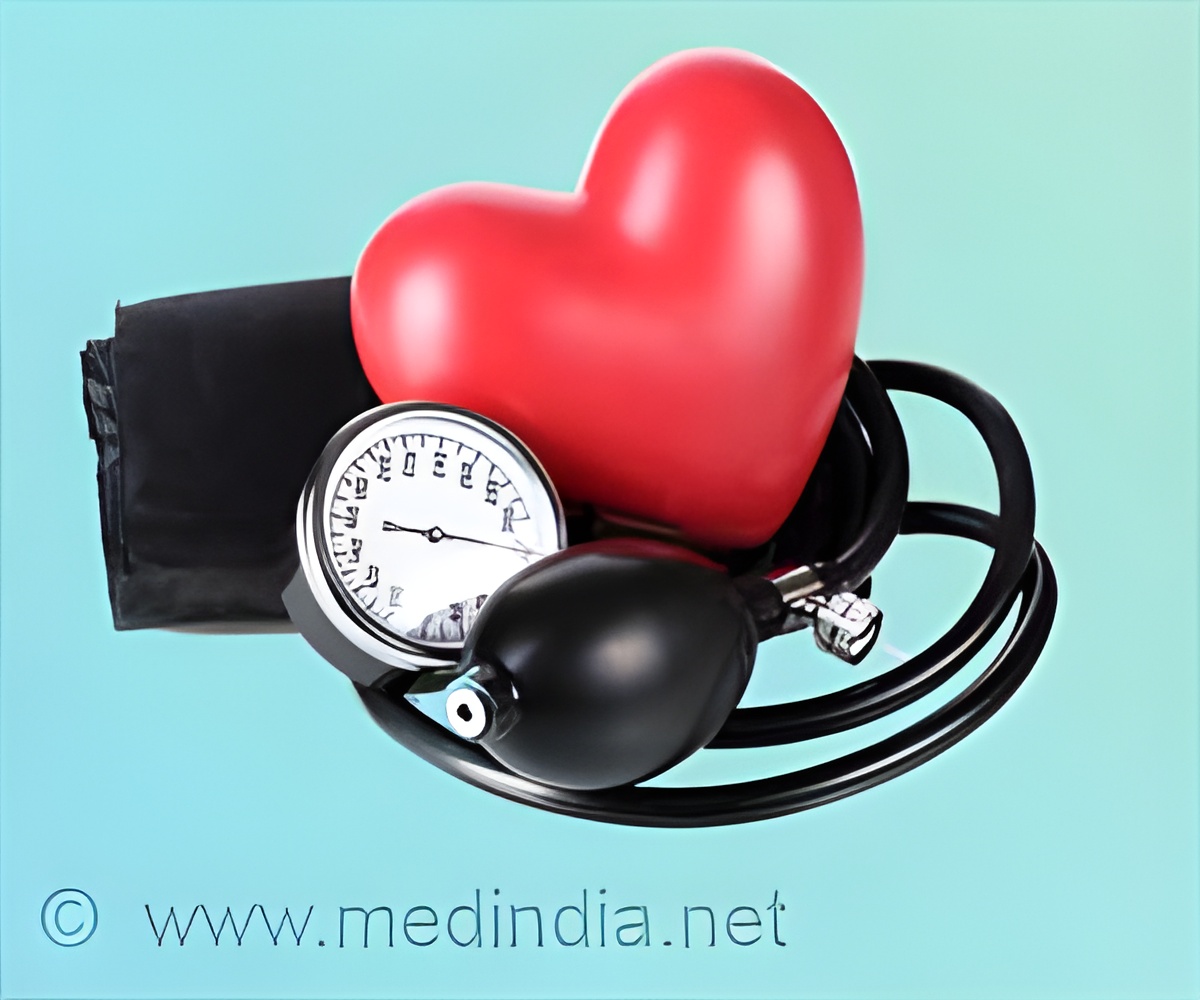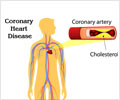
‘An right ventricular outflow tract pressure gradient is usually seen as a sign for concern: if the obstruction to the blood flow is severe, it can lead to right heart failure.’
Tweet it Now
RV-PA pressure difference may not always be a reflection of disease, but rather, may be a normal physiological response to exercise according to investigators at Brigham and Women's Hospital (BWH). An RVOT pressure gradient is usually seen as a sign for concern: if the obstruction to the blood flow is severe, it can lead to right heart failure.
The research team observed that when patients underwent cardiopulmonary exercise testing, a subset of them (who had normal resting RV-PA pressure) developed the pressure gradient during high levels of upright exercise when the heart was squeezing.
In a retrospective study, the investigators reviewed data from patients referred to the BWH Dyspnea Center who underwent an invasive, comprehensive exercise test with a catheter in place to measure RV and PA pressures.
Their body's response was measured through heart catheterization when the patients were resting supine (lying down), but also when they were in an upright position, exercising on a stationary bike until their ability to keep exercising was limited by symptoms.
Advertisement
Surprisingly, those in the study who developed the RVOT pressure gradient during high levels of upright exercise were not more limited. Rather, they tended to be the younger patients with better exercise capacity.
Advertisement
Due to the scope of this study, additional testing among asymptomatic, young, aerobically fit individuals will need to be conducted in order to confirm the suggestive findings and better understand the RVOT gradient.
The reasoning behind why an RVOT gradient would form during upright exercise currently remains unclear and further studies to illuminate the mechanism responsible for the observed RVOT gradient are needed. But importantly, the results of this study may have implications for the standard practice of exercise echocardiography.
"Currently, some of our testing with echocardiography depends on the fact that the RV and PA have the same pressure," said Opotowsky.
"Our findings raise important questions about this assumption and may have implications for how echocardiography is used to estimate systolic pulmonary artery pressure during exercise."
Source-Eurekalert














